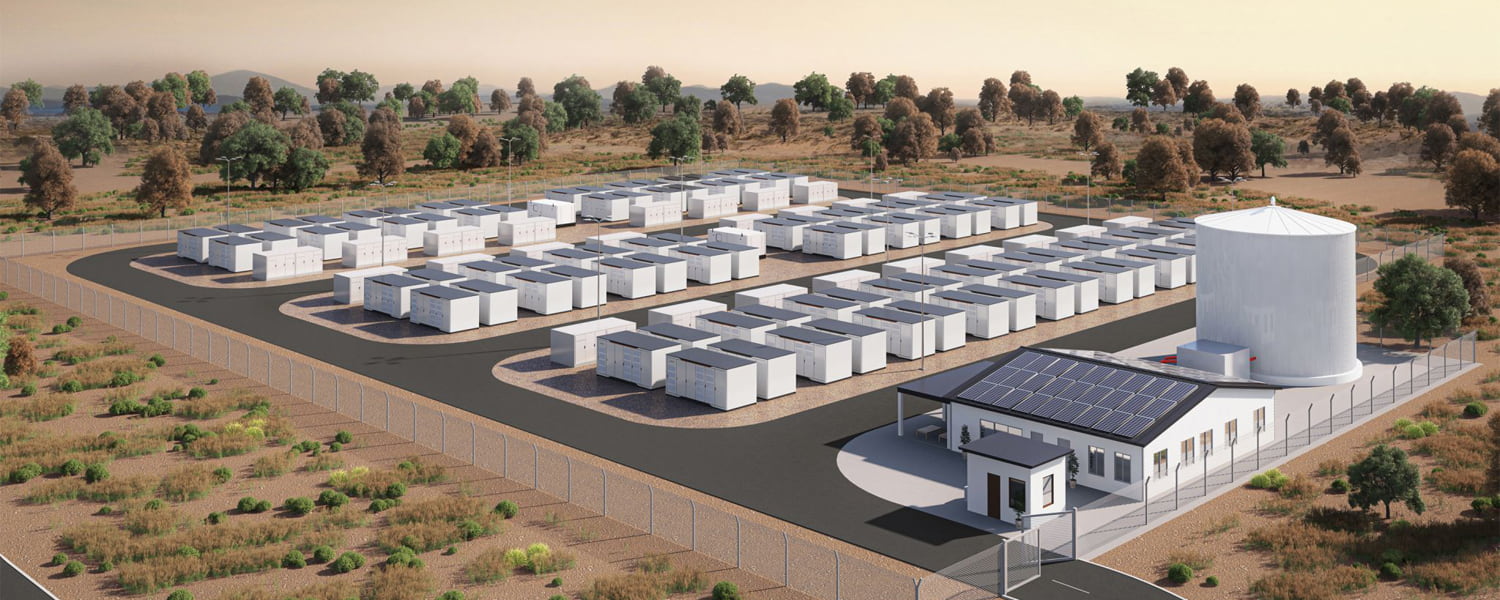Global Trends in Residential and Commercial Energy Storage for 2025
Feb 07, 2025
The global energy storage market is poised for transformative growth by 2025, driven by the accelerating shift toward renewable energy, advancements in battery technology, and evolving regulatory landscapes. Residential (household) and commercial energy storage systems are emerging as critical components of decentralized energy networks, enabling energy independence, grid stability, and carbon reduction. Below, we explore the key trends shaping these sectors in 2025.
1. Residential Energy Storage: Empowering Households
a. Solar-Plus-Storage Dominance
By 2025, residential solar-plus-storage installations will become mainstream, particularly in markets like Europe, North America, and Australia. Falling lithium-ion battery costs (projected to drop below $100/kWh) and rising electricity prices are driving adoption. Households are increasingly pairing rooftop solar with storage to maximize self-consumption, reduce reliance on grids, and hedge against energy volatility.
b. Policy Incentives and Energy Resilience
Governments are rolling out subsidies, tax credits, and net-metering reforms to incentivize residential storage. For example, the U.S. Inflation Reduction Act (IRA) extends tax credits for solar-storage systems, while Europe’s energy crisis has accelerated demand for home backup power. In regions prone to extreme weather (e.g., wildfires, hurricanes), households are prioritizing storage as a resilience tool.
c. AI-Driven Energy Management
Smart energy management systems integrated with AI will optimize storage usage. Platforms leveraging weather forecasts, tariff structures, and consumption patterns will automatically charge/discharge batteries to minimize costs. Companies like Tesla, Sonnen, and Enphase are leading this shift toward "set-and-forget" energy ecosystems.
2. Commercial Energy Storage: Scaling for Profit and Sustainability
a. C&I (Commercial & Industrial) Demand Surge
Businesses are adopting storage to cut energy expenses and meet sustainability goals. By 2025, commercial storage deployments will grow by over 30% annually, fueled by time-of-use (TOU) arbitrage, demand charge reduction, and participation in grid services like frequency regulation.
b. Hybrid Systems and Microgrids
Commercial entities, including factories, data centers, and retail chains, are investing in hybrid systems combining solar, wind, and storage. Microgrids with storage are gaining traction in regions with unreliable grids, such as Southeast Asia and Africa, ensuring uninterrupted operations and lowering diesel generator dependency.
c. Second-Life Batteries and Sustainability
The circular economy is reshaping commercial storage. By 2025, second-life EV batteries will account for 10% of commercial storage installations, offering cost-effective solutions for non-critical applications. Companies like Nissan and BMW are pioneering this space, aligning with ESG (Environmental, Social, Governance) mandates.
3. Regional Market Dynamics
- North America: The U.S. will lead due to federal incentives, state-level mandates (e.g., California’s SGIP), and corporate renewable procurement. Canada’s remote communities are adopting storage-microgrid hybrids.
- Europe: Energy security concerns post-Ukraine crisis are accelerating deployments. Germany, Italy, and the UK remain key markets, with a focus on virtual power plants (VPPs).
- Asia-Pacific: China dominates manufacturing, while Australia and Japan lead in residential adoption. Emerging markets like India and Vietnam are scaling storage to support renewable integration.
- Africa/Middle East: Off-grid solar-storage systems are electrifying rural areas, supported by falling battery prices and international aid programs.
4. Challenges and Innovations
- Supply Chain Risks: Geopolitical tensions and raw material shortages (e.g., lithium, cobalt) could disrupt production. Diversifying supply chains and advancing alternative chemistries (e.g., sodium-ion, solid-state) will be critical.
- Regulatory Hurdles: Inconsistent grid interconnection policies and permitting delays remain barriers. Standardized regulations and digital permitting tools are needed.
- Technology Breakthroughs:Solid-state batteries, flow batteries, and hydrogen-based storage are nearing commercialization, promising higher efficiency and longer lifespans.
By 2025, residential and commercial energy storage will no longer be niche solutions but integral pillars of the global energy transition. As costs decline, technologies mature, and policies align with decarbonization goals, storage systems will empower households, businesses, and grids to harness renewable energy efficiently. The race is on for stakeholders—governments, manufacturers, and innovators—to scale solutions that balance profitability, sustainability, and resilience in a rapidly electrifying world.